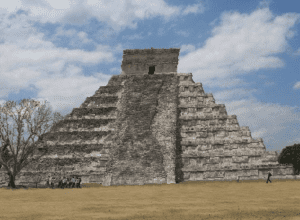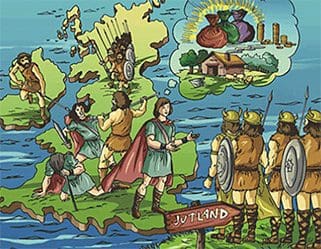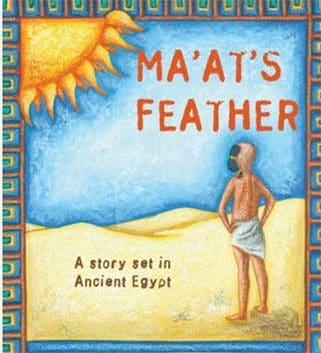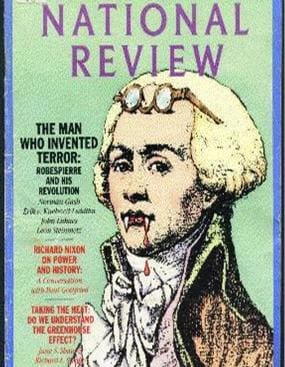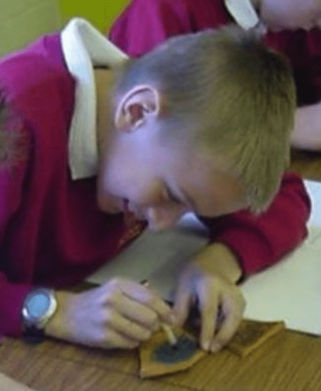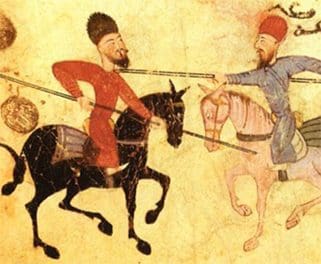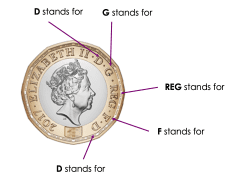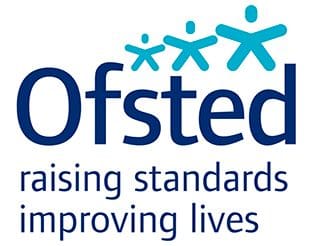
Nothing could be simpler: intent is everything up to the point at which teaching happens in the classroom. It is what you intend pupils to learn. What knowledge, what skills, what conceptual understanding what habits of thought? How is the learning made progressive? How does content build a broader view of the past that is connected not just random dollops of topics? How do you build a big picture of the past? How do you ensure that pupils build a respect for evidence and an awareness that the past is susceptible to different interpretations? When does this happen? Is it coherently planned or does it just happen by chance?
If you are worried that OFSTED are looking for something novel or different from your existing good practice , think again. As stated in the EIF of 2019, intent has the following features that already exist in most schools:
- A curriculum that is ambitious for all pupils. Is the curriculum providing pupils with the building blocks of what they need to know and be able to do to succeed in history
- A curriculum that is coherently planned and sequenced. What are you teaching when and why?
- A curriculum that is successfully adapted, designed and developed for pupils with SEN
- A curriculum that is broad and balanced for all pupils. Is as much made of the local and wider world topics as it is of British topics? There is more to the history curriculum than just the National Curriculum topics. if you care about social cohesion how are you using your non-western, local and thematic study options to strengthen what is distinctive about your school, its setting and the background of your pupils. One school I worked with recently in South London imaginatively linked their local study with a broad thematic unit called They Came to Our Shores. Using examples of where different groups who came to Clapham over the last 1000 year ( e.g. why does the Borough emblem have a Viking ship on it? Why do these streets have French names? Why are there tears on the official shield ( the sorrow of Protestants exiled from France who settled there. They used these local examples to help strengthen pupils’ chronological understanding of a long arc of time. So what had been built up slowly in each topic fromY3 to Y5 was now revisited at a more spohisticated level . Rather like a colour photocopier which send over one colour at a time until all are overlayed and a clear BIG PICTURE emerges

